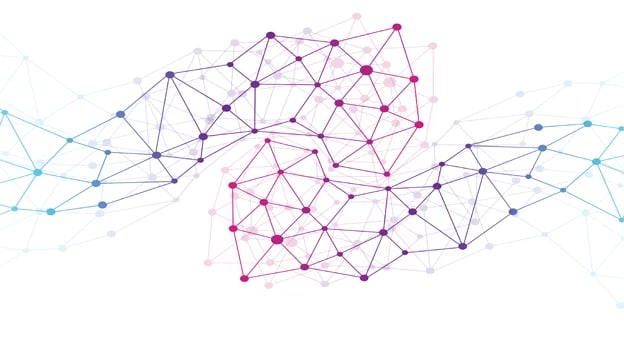Evolution of L&D in the era of Digitization

Being a part of HR and L&D fraternity, we are on the brink of experiencing two major changes at the functional as well as at the organizational level. The first one is Digital Revolution i.e. 4IR and the second one is the millennial population.
It has been wide ‘n’ clear that by 2025, millennials will make up approximately 50 percent of our workforce. Take a second to think about the impact of that statistic — if more and more millennials will be around in just a short amount of time, then more and more will also continue to make up a significant portion of large corporates. Likewise, as we speak, we are witnessing the complete transformation around digital revolution that will fundamentally alter the way we live, work, and relate to one another. If you try connecting both the dots together, you may find them complementing each other or sort of having live-in relationship of Cause ‘n’ Effect. Millennials are the individuals born between the years 1982-2002, and the same period also saw the arrival of digital revolution characterized by a fusion of technologies, which has been evolving at an exponential pace since then. Perhaps it also explains why millennials are also referred to as “Digital Natives”. Since they had an early exposure to such changes, their access/comfort with information and technology and digital media is far greater than any previous generation.
Challenges and opportunities for L&D
The business of learning is undergoing a transformation as well along with these broad changes. Today, learning and education is in great demand like an entertainment industry.
Digital technology is making it possible for people to access learning content at a faster, more efficient and cost effective rate than ever before, by providing on-demand learning that meets specific skillset needs.
Moreover, the millennials believe in bite size learning and that to at their own pace and space. Such developments suggest that it is a very exciting time for L&D, however, many obstacles will need to be overcome before these opportunities can be embraced.
Most L&D professionals are well aware of the need for change. There is a prevailing sense that traditional courses, both online and face-to-face, no longer address the way that people learn at work. And in today’s business environment, organizations are gearing up to be more responsive and agile than ever before, to find ways of building workforce capability at a much greater rate. Businesses are increasingly looking at L&D as Strategic Partners or Change Agents that will help build critical skills in the millennials workforce, rather than just as a group of people managing training calendars and delivery.
Is something holding L&D back?
Among the key factors that hold L&D back is a lack of confidence and not being tech savvy – many L&D professionals are not confident in harnessing technology to increase the effectiveness of L&D interventions. One may call it a skill or will issue, but it has also been coupled with lack of organizational support. Therefore, the answer lies with us to rethink L&D’s value proposition at both the functional and organizational levels. At a functional level, we need to get on board with digital (Delivery) and embrace quality learning design & material (Content). At an organizational level, need to influence the top table and shape L&D strategy. We are expected to understand and respond to the 4IR factors affecting business today — digital trends, gamification, project-based active learning, operating in virtual teams, social learning platforms (Chatter, Yammer, Jive, Curatr & Salesforce1) and above all, the arrival of the millennial population to the workforce.
Once digital capability is there, along with an understanding of quality learning design, it’s important to not just simply align L&D strategy with existing business strategy, but to influence business planning by putting L&D at the heart of the organization.
L&D need to apply both Science & Art for their own existence!
It looks so scientifically right (at least on paper) that by going digital, we are addressing the learning needs of millennials and embracing the impact of 4IR. Wish this would have been so true ‘n’ simple. In its most pessimistic, dehumanized form, the Fourth Industrial Revolution may indeed have the potential to “robotize” humanity and thus to deprive us of our heart and soul. And engaging millennials in the era of such transformation requires amalgamation of science and art. To do this, we must develop a comprehensive blended learning strategy which has not only digital learning platforms but human touch as well. For example, you may use digital platform for process and technical training but for softer skills one may choose face to-face or project based interventions. Research has shown that such blended learning packages provide better outcomes through a richer learning experience. Hence, choosing the right intervention at the right time is a true game changer for any L&D expert.
In the end, we are dealing with people in the era of digitization — digitization that can complement human interventions. Therefore, we do need to be aware of past before we take a leap towards future because, as I often say to millennials at present “if you don’t know where you have come from, how will you appreciate where you are going?”

















